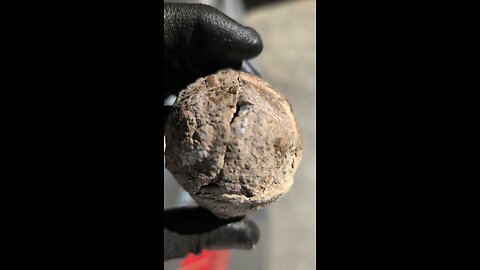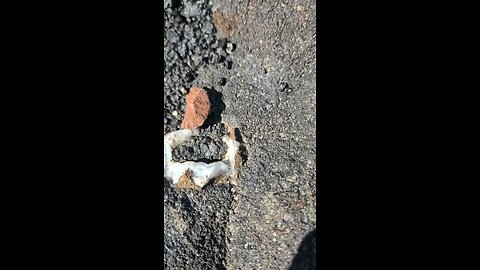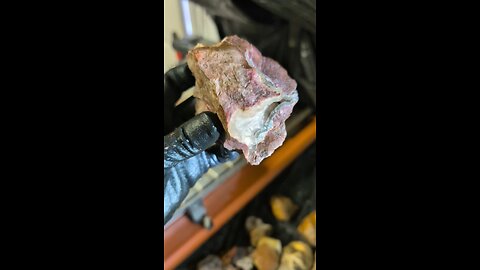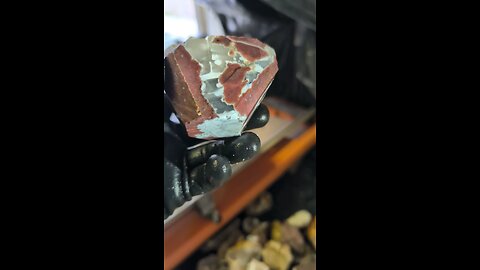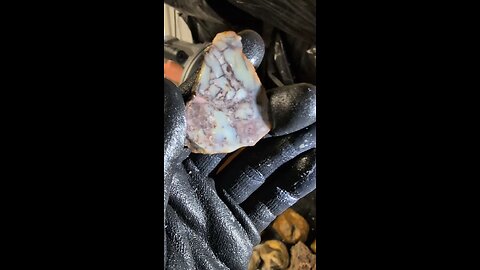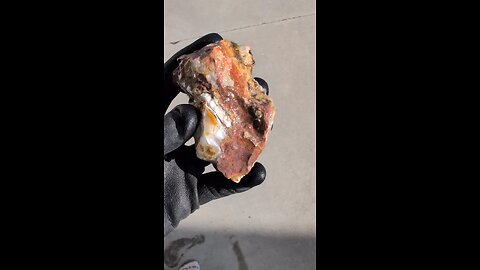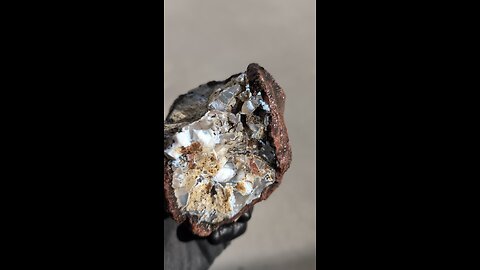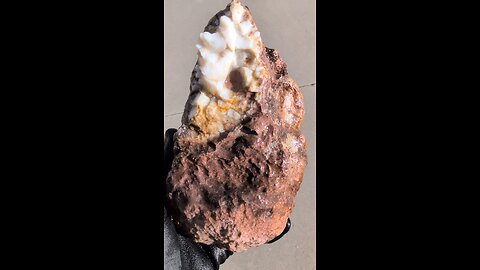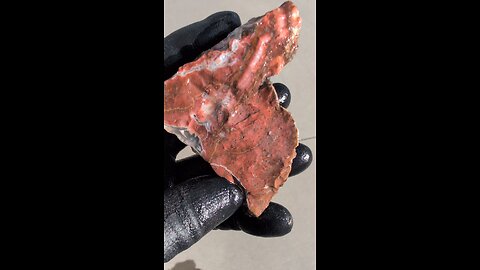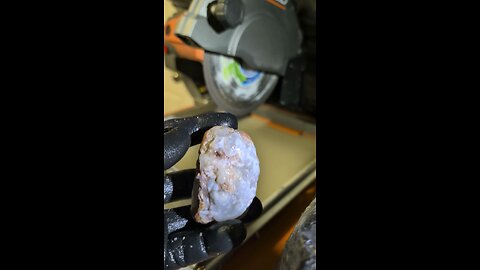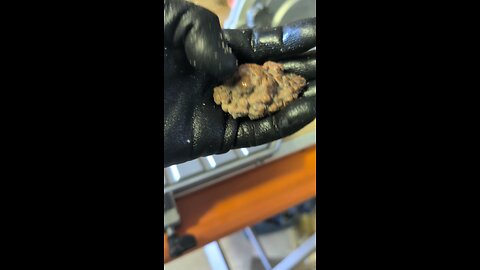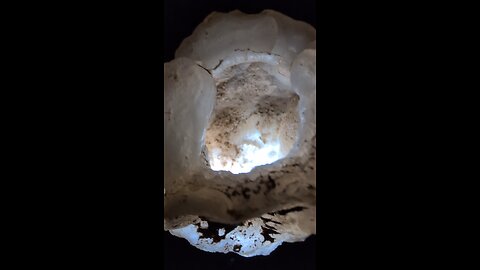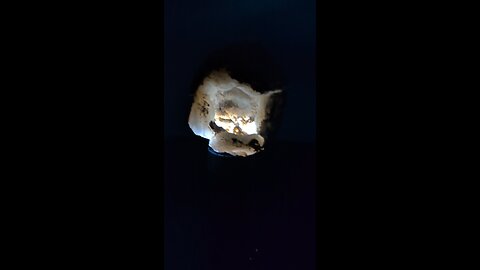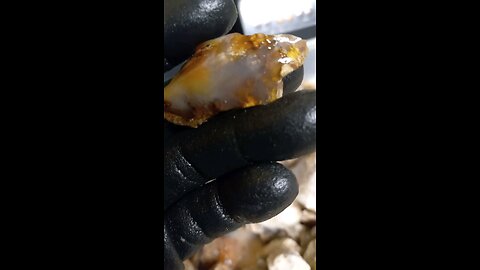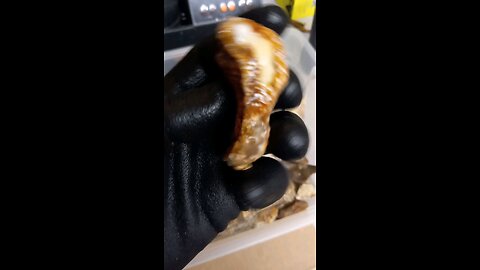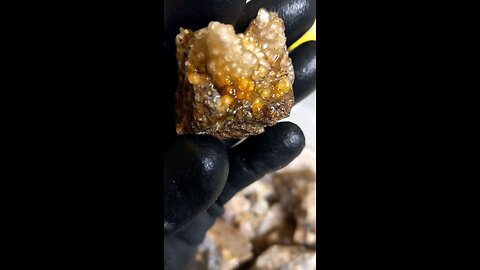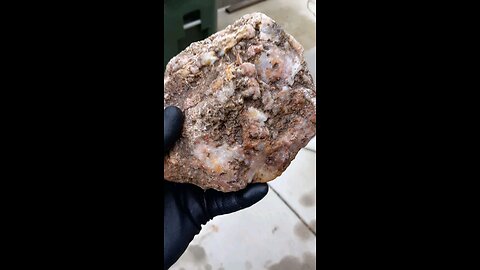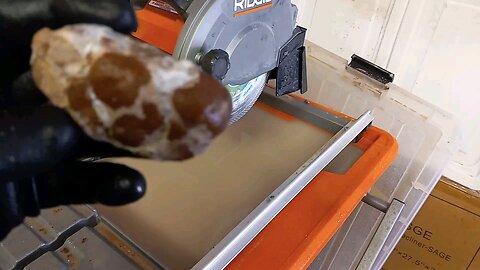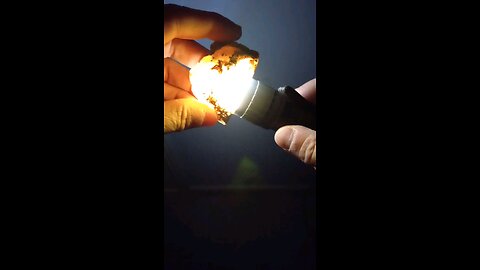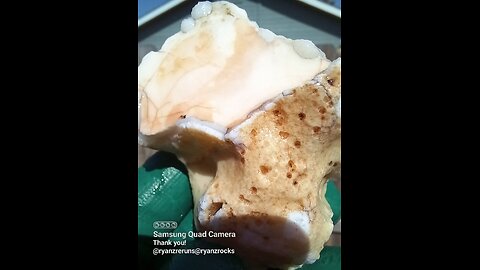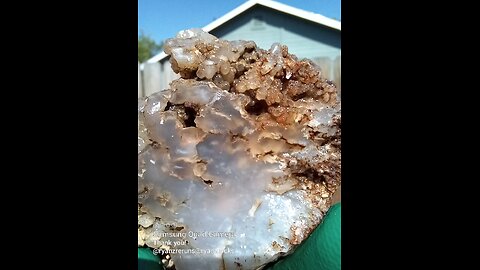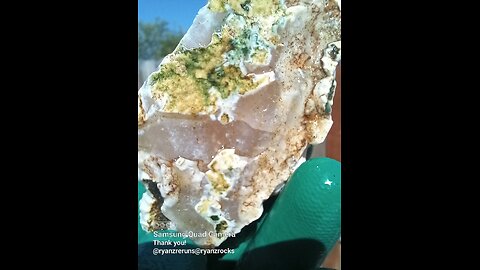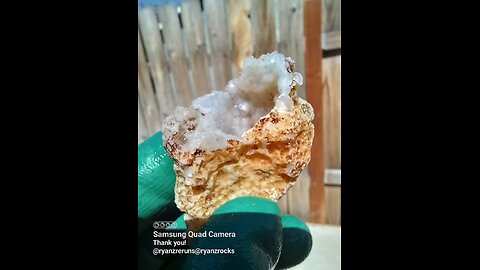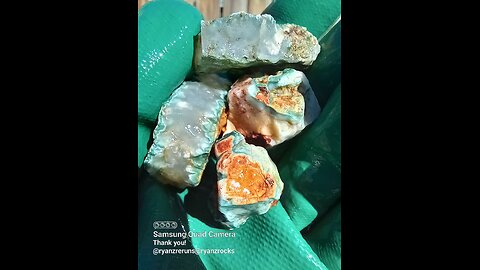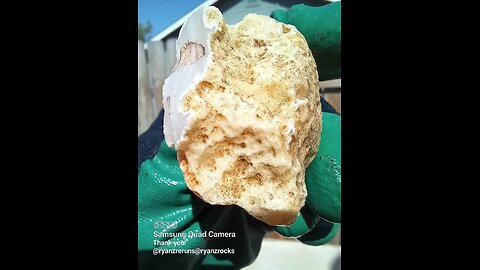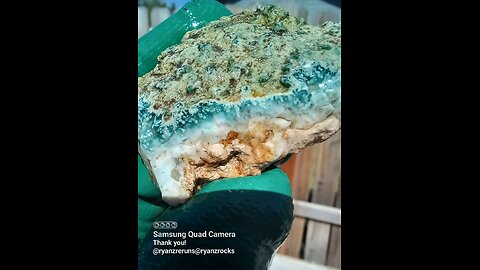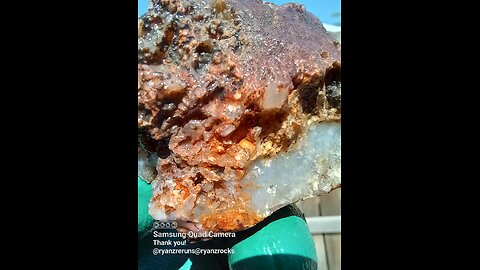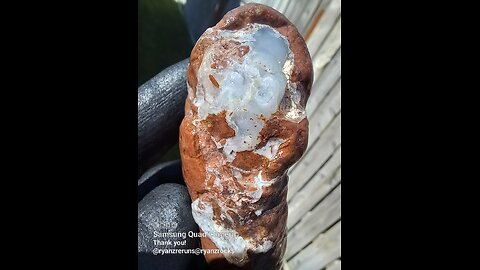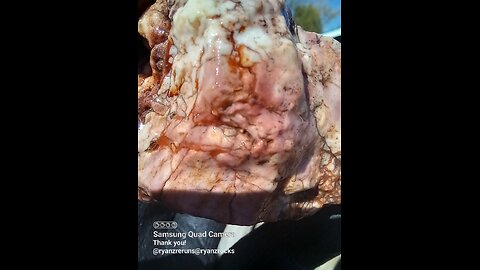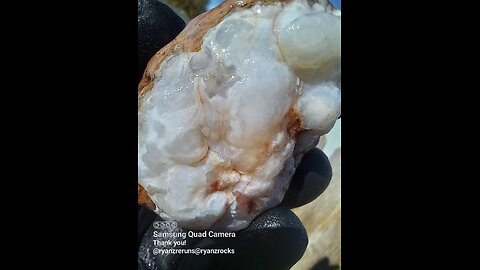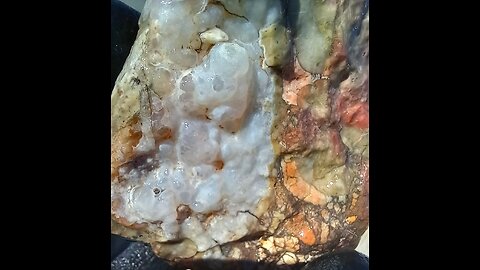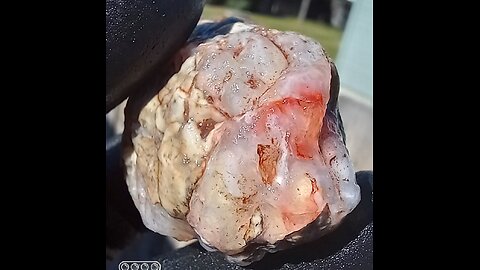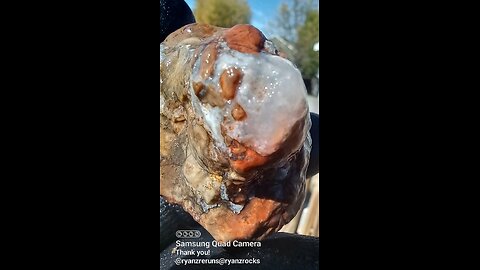Premium Only Content
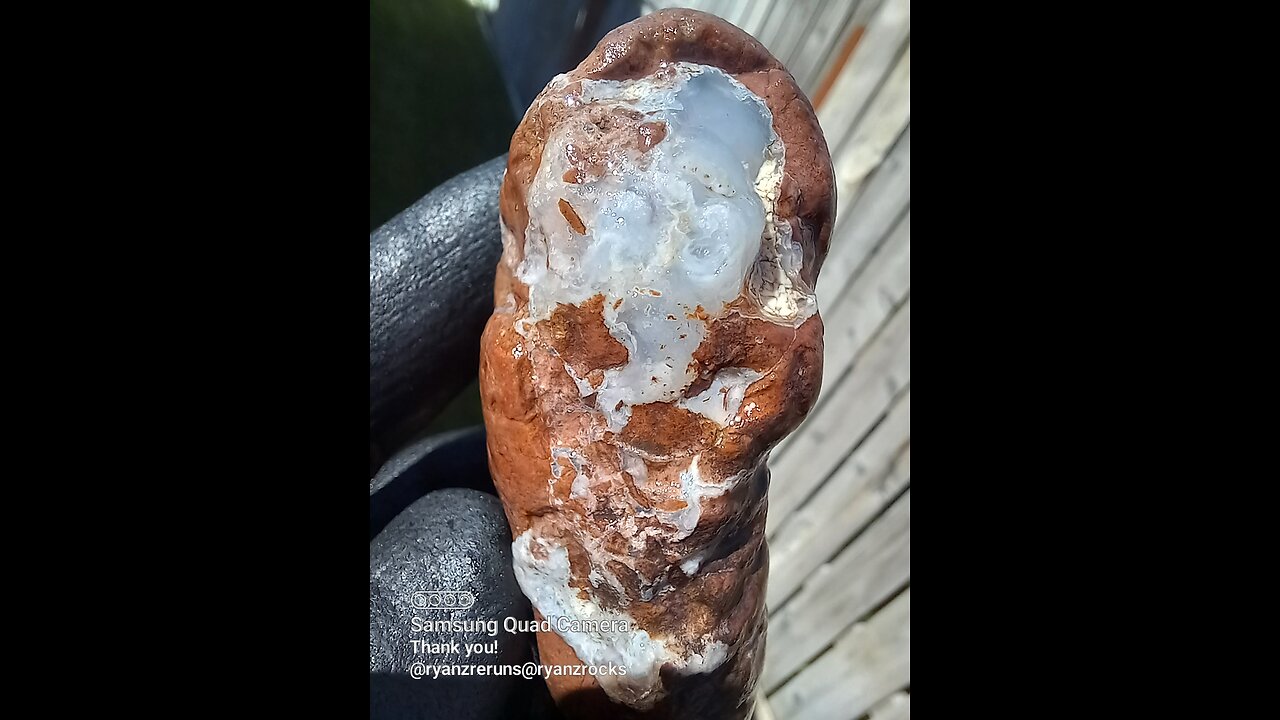
Whole & Broken Geodes!
Geode Field!
Botryoidal cut!
Shaping!
Opalized wood!
Broken Thunderegg Cluster!
Half a thunderegg!
Thunderegg Cluster w Common Opal!
Red Thunderegg Shard!
Robbed! Grabbed the wrong half!
Thunderegg Cut w/Opal!
Thundereggs?
Thundercup glow!
Thunderegg glow!
Beautiful dark opal!
It's curved!
Botryoidal formations!
Jasper, Chalcedony, Opal & ???
Chalcedony or Opal!?
Clear/White Banding!
Thunderegg twins!
Beautiful Opal Glow!
Pretty green!
Chalcedony or Opal?
Lil' bit of opal!
Opal!
Opal or Chalcedony?
Chalcedony & Jasper!
Part of a Thunderegg!?
Pinks & Reds!
Half a Thunderegg w/Opal!
Botryoital Opal w/ A Little of Everything!
Beautiful! Wait for it!!!
Thunderegg Cluster!
Opal or Chalcedony?
Opal is a hydrated amorphous form of silica, with a water content typically between 3 and 21% by weight, most commonly around 6-10%. It's deposited at relatively low temperatures and can be found in the fissures of various rock types, including limonite, sandstone, rhyolite, marl, and basalt. Here's a deeper look into opal:
Types of Opal:
Precious Opal: Known for its "play-of-color," which is an optical phenomenon where colors flash or change as the angle of light or observation changes. This effect is due to the diffraction of light through the microscopic silica spheres within the opal.
Common Opal: Lacks the play-of-color and can come in a variety of colors like white, black, grey, yellow, orange, red, or brown. It's often referred to as "potch" when not gem-quality.
Fire Opal: Typically ranges in color from yellow to orange to red and can be transparent to translucent. Fire opals can exhibit play-of-color, but their name comes from the fiery body color.
Boulder Opal: A type of opal naturally attached to its host rock. It's often cut with the host rock to provide stability and to enhance the visual appeal.
Matrix Opal: The opal fills the cracks and cavities within the host rock, creating a network of opal that's visible on the surface.
Formation:
Primary Opal: Forms through the slow deposition of silica from groundwater in cavities or fractures of rocks.
Secondary Opal: Can form by weathering or alteration of other minerals, often in more superficial environments or through the action of silica-rich waters.
Locations:
Australia: The world's leading source, especially for precious opal, with significant deposits in places like Coober Pedy, Lightning Ridge, and White Cliffs.
Ethiopia: Known for its black opals and more recently discovered opal fields.
Mexico: Famous for fire opals.
Brazil: Produces a variety of opals, including crystal opal.
Properties:
Hardness: Typically ranges between 5.5 to 6.5 on the Mohs scale, though it can be softer if less hydrated or harder if more silica-rich.
Luster: Can range from waxy to resinous to vitreous.
Transparency: Varies from opaque to semi-translucent to transparent.
-
 LIVE
LIVE
I_Came_With_Fire_Podcast
13 hours agoThe DEMONIC REALM EXISTS And They Came For HIS FAMILY
1,121 watching -
 LIVE
LIVE
LFA TV
6 hours agoLFA TV WEEKEND STREAM
262 watching -
 57:44
57:44
The Tom Renz Show
2 hours agoWeek In Review - MAHA, mRNA Vaccines, & Public Manipulation
12.4K5 -
 LIVE
LIVE
NeoX5
3 hours agoSaturday Double Feature: Stray Hellblade | Summer Games: Ep 3 | Rumble Gaming
63 watching -
 LIVE
LIVE
MDGgamin
1 hour ago🔴LIVE - Gray Zone Warfare - Adventure To Tiger Bay - #RumbleTakeover
87 watching -
 4:44
4:44
Talk Nerdy Sports - The Ultimate Sports Betting Podcast
5 hours agoAI Predicts a Gobert Game?! | May 24 Picks That Could Break Your Bookie
17.1K -
 DVR
DVR
Bannons War Room
3 months agoWarRoom Live
18.7M4.92K -
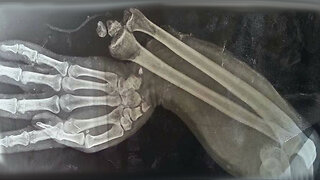 11:12
11:12
Chubbyemu
4 days agoA Boy Ate 150 Gummy Vitamins For Breakfast. This Is What Happened To His Bones.
18.7K12 -
 LIVE
LIVE
S0lidJ
5 hours agoVerdansk Looks Beautiful |Warzone|
225 watching -
 LIVE
LIVE
Pepkilla
3 hours agoWe play what we play
19 watching
